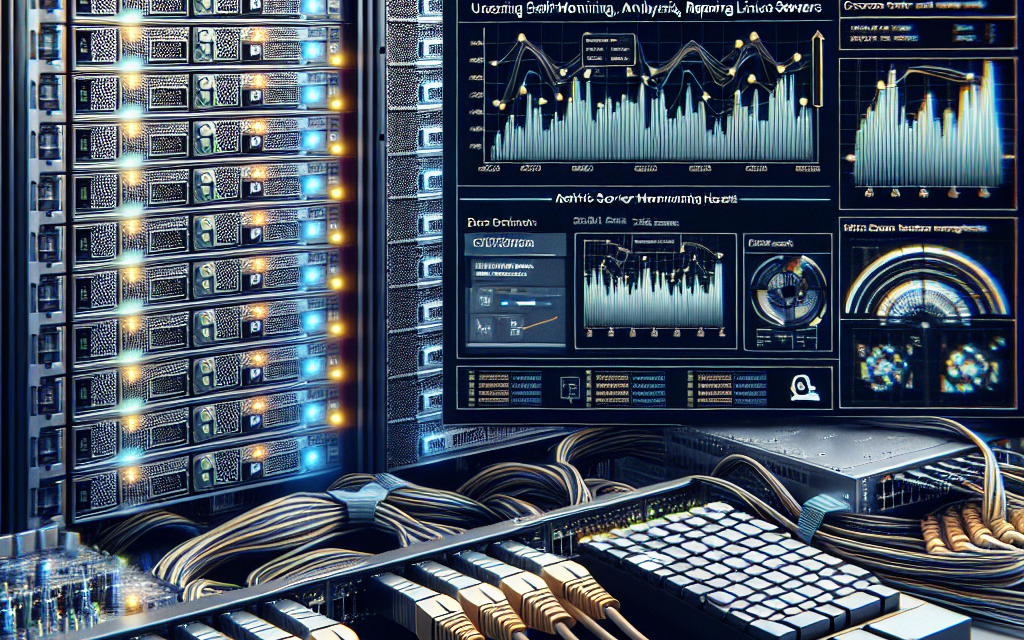In today’s data-driven world, maintaining the health of your server’s storage devices is crucial. Disk failures can lead to data loss, downtime, and potentially devastating consequences for businesses. To mitigate these risks, SMART (Self-Monitoring, Analysis, and Reporting Technology) tools offer a powerful way to monitor disk health in Linux servers. This article will delve into SMART tools, their importance, and how to effectively use them for disk health monitoring.
What is SMART?
SMART is a technology built into most hard drives (HDDs) and solid-state drives (SSDs) that tracks various metrics related to the drives’ performance and health status. By providing proactive insights into disk health, SMART enables system administrators to detect potential issues before they escalate into data loss or drive failure.
Why Use SMART Tools?
-
Early Detection: SMART tools can identify signs of impending drive failures early, allowing for timely maintenance and data backup.
-
Performance Monitoring: These tools can provide insights into disk performance metrics, helping to optimize server efficiency.
-
Data Integrity: Regular monitoring can enhance data integrity and ensure that files remain accessible without corruption.
-
Cost-Effective: Catching problems early reduces the costs associated with data recovery and downtime.
Required Tools
To effectively monitor disk health using SMART, you’ll need a few tools readily available on most Linux distributions. The most prominent are:
-
smartmontools: This is the most widely used suite for monitoring and analyzing SMART data. It includes the
smartctlcommand, which allows users to query and configure the SMART status of disk drives. -
smartd: This daemon works in conjunction with smartmontools to monitor the drives continuously, sending alerts if problems are detected.
Installation of Smartmontools
To get started, you’ll need to install smartmontools. Installation can usually be done via the package manager for your Linux distribution:
For Debian/Ubuntu:
bash
sudo apt update
sudo apt install smartmontools
For CentOS/RHEL:
bash
sudo yum install smartmontools
For Fedora:
bash
sudo dnf install smartmontools
Configuring SMART on your Drives
- Identify Your Drives: First, list all your disk drives to determine which ones you want to monitor.
bash
sudo fdisk -l
- Enable SMART: Use
smartctlto enable SMART on specific drives (e.g.,/dev/sda).
bash
sudo smartctl -s on /dev/sda
- Check SMART Status: To check the overall health status of a drive, use:
bash
sudo smartctl -H /dev/sda
Running SMART Tests
SMART provides various tests that can be executed to check disk health.
- Short Test: A quick test that runs for a few minutes.
bash
sudo smartctl -t short /dev/sda
- Long Test: A more comprehensive test that can take a few hours.
bash
sudo smartctl -t long /dev/sda
- Generate Test Report: After running tests, check the results.
bash
sudo smartctl -l selftest /dev/sda
Automating Monitoring with smartd
To continually monitor your disks and receive alerts, configure the smartd daemon:
- Edit the Configuration File:
Open /etc/smartd.conf with your preferred text editor.
bash
sudo nano /etc/smartd.conf
- Add your Drives: Specify the drives you want to monitor. Here’s an example configuration:
DEVICESCAN
/dev/sda -a -m root -M exec /usr/share/smartmontools/smartd-runner
- Start the smartd Service:
bash
sudo systemctl start smartd
sudo systemctl enable smartd
This ensures that smartd starts at boot and runs in the background, monitoring your drives.
Interpreting SMART Attributes
SMART tools provide a wide range of attributes, such as:
-
Reallocated Sectors Count: Indicates sectors that have been remapped. A rising count can signify deterioration.
-
Current Pending Sector Count: Shows sectors that are suspected to be bad and awaiting reallocation. A non-zero value is concerning.
-
Uncorrectable Sector Count: Reflects the number of sectors that cannot be read or written. Any non-zero count should trigger immediate action.
Conclusion
Regular monitoring of disk health using SMART tools is an essential practice for any Linux server administrator. By leveraging smartmontools and smartd, you can ensure proactive monitoring, allowing you to take immediate action to protect your data and maintain system performance. Properly configuring and utilizing these tools will keep your servers running smoothly and significantly reduce the risk of costly failures, making your infrastructure more resilient.
Taking the time to implement SMART monitoring might be one of the most cost-effective strategies for ensuring reliability in your Linux environment. Remember: a little prevention goes a long way in maintaining data integrity and server uptime. Happy monitoring!




